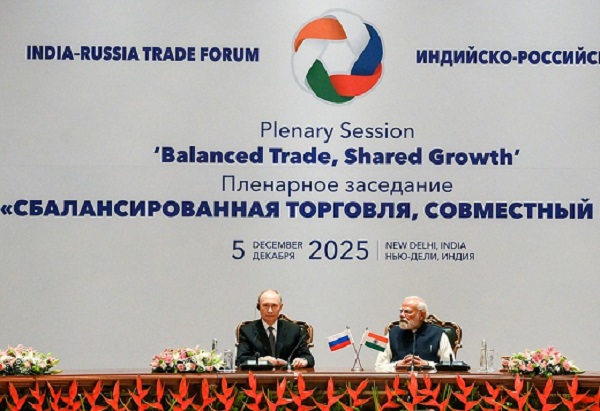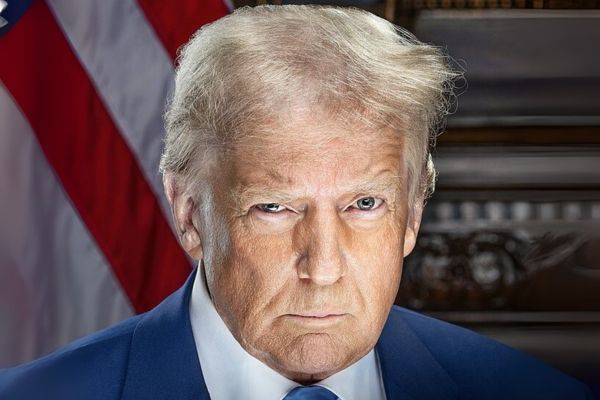.png)

Groupthink is the House View of BasisPoint’s in-house columnists.
August 19, 2025 at 8:04 AM IST
Sashidhar Jagdishan may head India’s largest bank by market value, but he now finds his personal reputation tested in a courtroom dispute that has little to do with HDFC Bank’s balance sheet. The case involves the Lilavati Kirtilal Mehta Medical Trust, which has long been mired in management battles, and it has drawn Jagdishan into allegations linked to loan defaults and forged documents.
The matter, which has seen multiple judges recuse themselves, remains stuck in the High Court after the Supreme Court declined to take it up. For Jagdishan and HDFC Bank, the hope is that prolonged delays eventually end in a verdict that clears the case. Until then, the bank’s chief executive is left to manage the reputational fallout of a dispute whose origins lie outside the bank but which now risks being tied to its public image.
Banking is built on trust. A stain on the top management of a large financial institution can easily ripple into an institutional issue, even a systemic one, if it isn’t nipped in time. As the face of HDFC Bank before investors, regulators and the public, Jagdishan’s identity is closely bound to that of the institution. Even if, as the bank insists, the case reflects a borrower’s attempt to evade recovery, it has forced both the bank and its leader into the unenviable position of having to prove their innocence.
India’s banking history offers reminders of how quickly legal troubles surrounding top executives can unsettle institutions. Bank of Maharashtra’s then chief executive Ravindra Marathe was arrested in 2018 in a corporate loan probe, only to be reinstated four months later after the investigation found no wrongdoing. A judge, closing the case, criticised investigators for acting hastily and leaving the banking sector “restless.”
Similar stories have followed others. LIC Housing Finance’s RR Nair lost out on the chance to lead Life Insurance Corp of India despite his eventual exoneration. Former SBI chairman Pratip Chaudhuri was arrested years after retirement in a case linked to a borrower, cleared only after enduring public ignominy. ICICI Bank, YES Bank and IndusInd Bank have all faced questions when the conduct of management cast a shadow over their operations.
Such episodes show how fragile the line is between personal and institutional liability in Indian finance. They also illustrate how litigious borrowers can exploit legal loopholes, approaching benches willing to allow adverse action. In Jagdishan’s case, HDFC Bank will need to keep the Reserve Bank of India, Securities and Exchange Board of India, and global regulators updated at every step. The burden of constant engagement is as much about preserving credibility as it is about legal defence.
Each time bankers are pulled into protracted court battles, governments promise reform, speaking of codified protection for financial executives. Yet the commitment tends to fade once headlines move on. The system remains vulnerable to cases where reputations can be damaged long before guilt is established. The consequences are not trivial: even when individuals are eventually cleared, the institutional anxiety lingers, and careers can be irreparably altered.
That raises questions policymakers can no longer ignore. Can anyone file a case against a bank’s top management and seek their removal merely by naming them in a police complaint? At what stage should the RBI intervene, given that bank chiefs require its approval on ‘fit and proper’ criteria? How can laws protect executives from harassment without creating barriers to prosecuting genuine misconduct?
The dispute between the Lilavati Trust and Jagdishan has now escalated beyond a professional disagreement over banking relationships into a personal case against the head of India’s most valuable bank. The risk is that such matters, if left unresolved, blur the boundaries between individual accountability and institutional stability.
The government must decide whether to let the courts set the precedent or take the lead in shaping policy. The Lilavati case could yet become a test of how India defines responsibility and protection for financial leaders at the intersection of personal fallout and professional duty.




